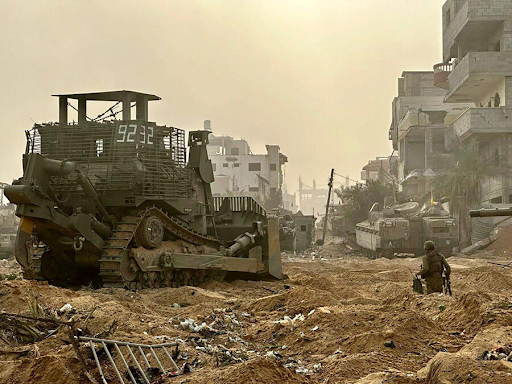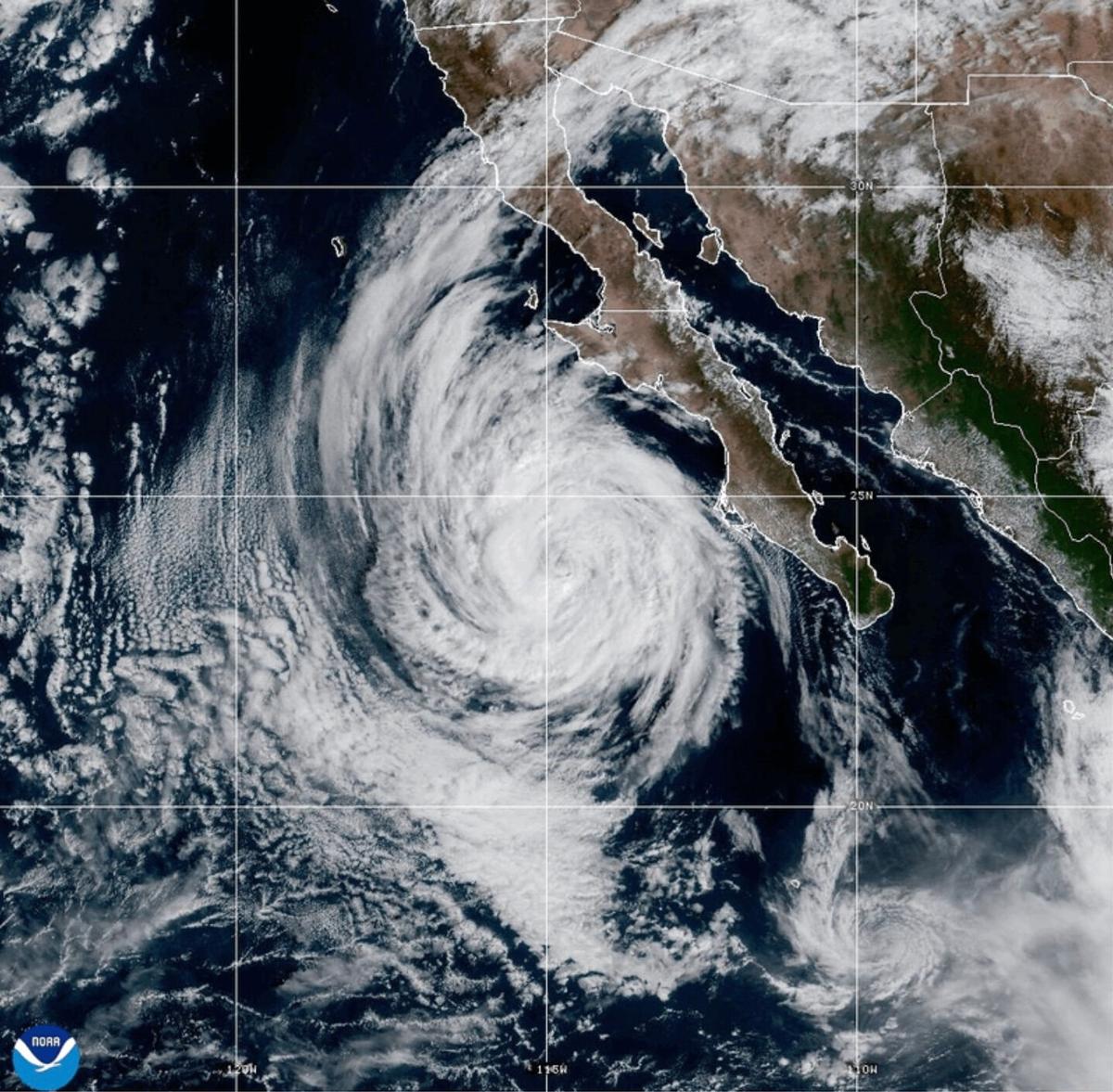Nuclear Physics and Espionage- All in One Book

The “Bomb” cover.
May 18, 2021
Written by Steve Sheinkin and originally published on September 4, 2012, “Bomb: The Race to Build- and Steal- the World’s Most Dangerous Weapon” follows the key figures in and around the Manhattan Project. The Manhattan Project was an American military program that took place from 1939 to 1946 with the goal of building the world’s first atomic bomb before Germany could. The project was a success, and resulted in the construction of one uranium bomb and two plutonium bombs, which were tested or used during World War II.
While many texts that address historical topics only give information on what happened or a timeline of events, “Bomb” takes a more unique approach, telling the events instead through the eyes of those involved with it. The book is centered much more on the experience of people who were part of the project, including Leslie Groves and Robert Oppenheimer, than the project itself. This allows the book to feel much more like a nonfiction story than the average history book. The unique perspective can allow for people who already know about the topic to see it from a new angle, and it is great to introduce people who don’t already know about the topic in an entertaining way. The perspectives the story is told from aren’t always the obvious perspectives that people would expect. While it includes the core figures involved in the project itself, it also includes the perspectives of scientists recruited by the Soviet Union to give information on the project, soldiers in German-occupied Norway tasked with destroying a heavy water plant, and the family members of scientists working on the project. Readers can get an idea of what surrounded the project, instead of just the project itself, which makes it much more interesting.
Another strength of the book is the way it simply explains the science involved in building the bomb. Through diagrams, real-world examples, and brief explanations, it allows the reader to get a basic understanding of how the bombs work and why they were so challenging to build, which adds a level of depth to the topic. Even with only a little knowledge of chemistry and physics, a reader can understand the information presented, and the story the information is presented alongside makes it memorable.
Lastly, “Bomb” takes an unbiased approach to the topic, explaining the motives and feelings of all sides involved. This is great for building a bigger understanding of the implications of the project, and why it continues to be such an important point in history. No character in the book is directly portrayed as an antagonist, so the reader can determine for themselves who they think was in the right and who they think was in the wrong, which is important for a topic that continues to be debated today. The book’s unbiased approach is especially noticeable in the last couple of chapters, which follow the lives of the scientists, soldiers, and spies after the project is completed. It mainly focuses on their reactions to what their involvement in the project led to, whether it was pride in accomplishing such a difficult task or shame for designing a device that could lead to the end of the world.
Overall, “Bomb: The Race to Build- and Steal- the World’s Most Dangerous Weapon” is a great book, for both people who are interested in history and people who aren’t. It approaches the history, science, and human experiences behind the Manhattan Project in a unique, interesting, and unbiased way, and explains complex topics quickly and easily.








